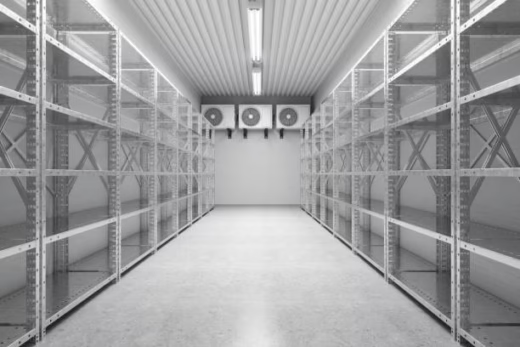Introduction
Understanding how many watts does a refrigerator use is key to controlling your kitchen’s energy costs. In this guide, we’ll break down power profiles, explore consumption factors, compare capacities, and spotlight top models—air cooling standard commercial refrigerator, air cooling commercial, standard undercounter, and even undercounter for context—so you can make informed choices.
Power Profile Basics
Base Wattage Explained
Every refrigerator has a rated running wattage—usually between 200W and 800W for commercial units. That rating tells you the continuous draw, but doesn’t account for cycles and defrost stages.
Cycle vs. Continuous Draw
Commercial refrigerator motors cycle on and off. During compressor cycles, peak draw rises 20–30% above the base rating. Knowing how many watts does a refrigerator use during these peaks helps size your circuits correctly.
Key Factors Affecting Consumption
Ambient Temperature
Higher kitchen heat makes your refrigerator run more often. Each 5 °C increase in room temp can add 5–10% to energy use.
Door Openings and Loading
Every time you open the door, cold air escapes. Frequent refrigerator access or overloading forces the compressor to work harder, nudging up total watts used.
Maintenance and Seals
A dirty condenser coil or a faulty gasket can boost your fridge’s energy draw. Regular cleaning cuts unnecessary cycles and lowers the question of how many watts does a refrigerator use.
Capacity Comparisons
Small vs. Large Commercial Units
Standard undercounter refrigerator models draw around 300W, while large air cooling commercial refrigerators can use 600–800W continuous.
Impact on Annual Usage
At 500W running for 24 hours, a refrigerator uses 12 kWh per day—or about 4,380 kWh/year. Multiply by your local rate to see real costs.
Energy‑Saving Modes and Settings
Eco and Vacation Modes
Many modern refrigerator units include energy‑saving modes. Engaging these can cut power draw by 10–20% during low‑use periods.
Optimal Temperature Setup
Setting between 1–4 °C for refrigeration and –18 °C for freezing balances food safety and efficiency, helping you control how many watts does a refrigerator use.
Startup Power Peaks
Inrush Current Concerns
Commercial compressors draw a surge of 2–3× the running watts at startup. Ensure your breaker and wiring can handle peak loads without tripping.
Staggered Startup in Multi‑Unit Installations
If you run multiple refrigerator units (or a Hood‑type dishwasher), avoid powering them on simultaneously to prevent overload.
Annual Consumption Estimates
Calculating Yearly kWh
Use:
Annual kWh = (Running Watts × Hours Per Day × 365) ÷ 1000
This formula answers “how many watts does a refrigerator use annually” in clear terms.
Cost Projection
At $0.12/kWh, a 4,380 kWh/year fridge costs about $526/year. Tweak temperature or mode to shave dollars off your bill.
Spec & Maintenance Tips
Reading Nameplate Data
Check the spec plate inside your refrigerator for Voltage, Watts, and Amps. That gives real‑world insight into power draw.
Monthly Coil Cleaning
Dusty coils make compressors run longer. Clean both condenser and evaporator coils to help your fridge stick to its listed wattage.
Gasket Inspection
Worn door gaskets allow cold air to leak. Replace them promptly to prevent extra power cycles.
Model Power Comparison
air cooling standard commercial refrigerator
Runs at 450W nominal, spikes to 1,200W on start. Ideal for moderate‑use kitchens.
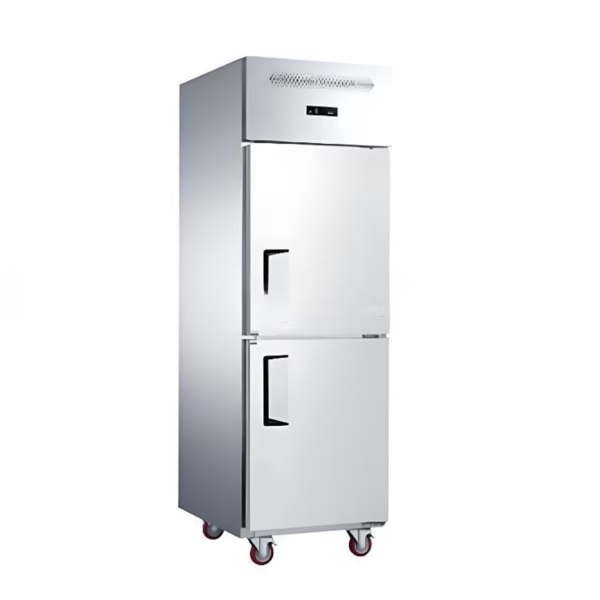
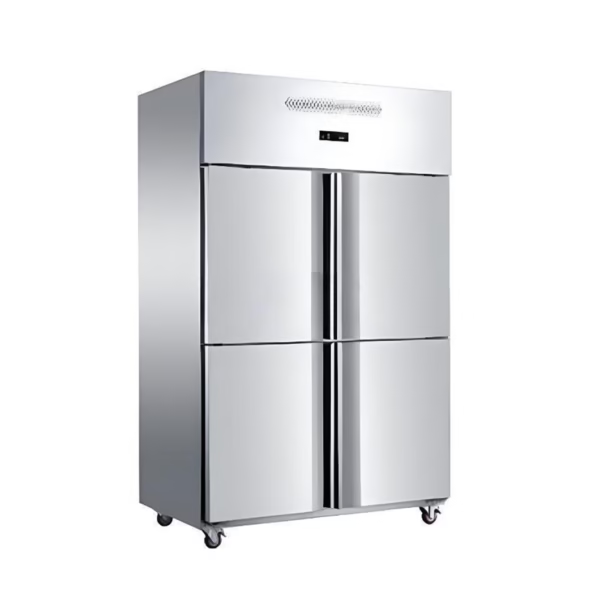
air cooling commercial refrigerator
Rated 600W running, 1,500W peak. Suits high‑traffic bars and buffets.

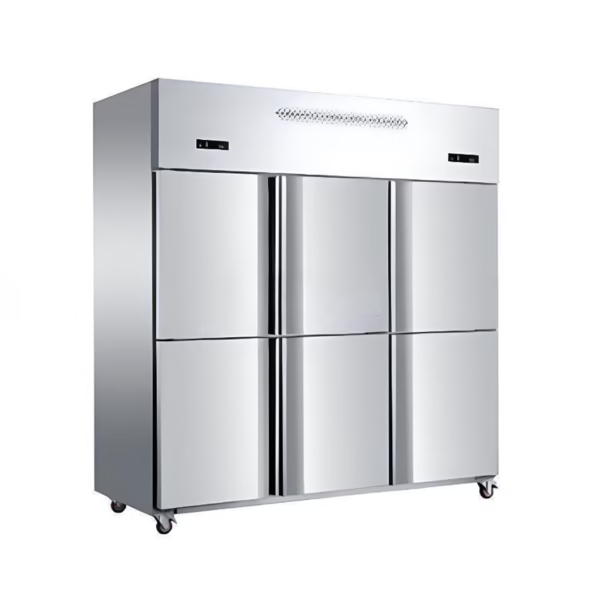
standard undercounter refrigerator
Compact 300W running, 900W startup. Great for prep stations.
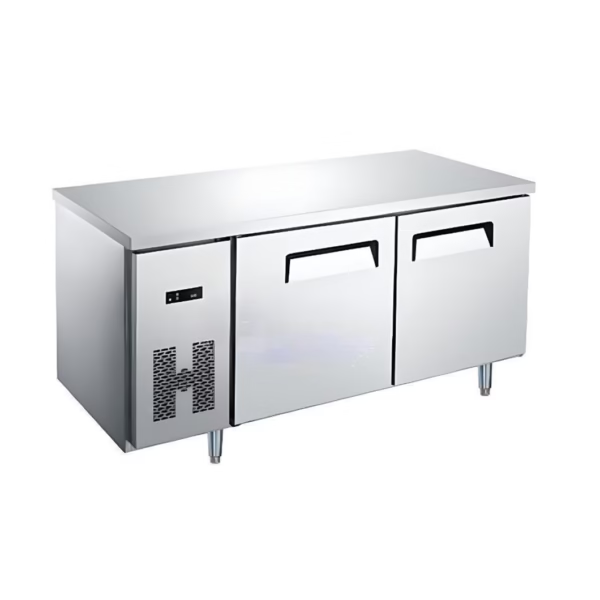
Conclusion & Next Steps
Now you know how many watts does a refrigerator use, from base draw to peak startup, and how settings, maintenance, and model choice affect costs. Evaluate your kitchen’s needs—whether you choose an air cooling standard commercial refrigerator, air cooling commercial refrigerator, or standard undercounter refrigerator—and optimize for savings. Happy chilling!
